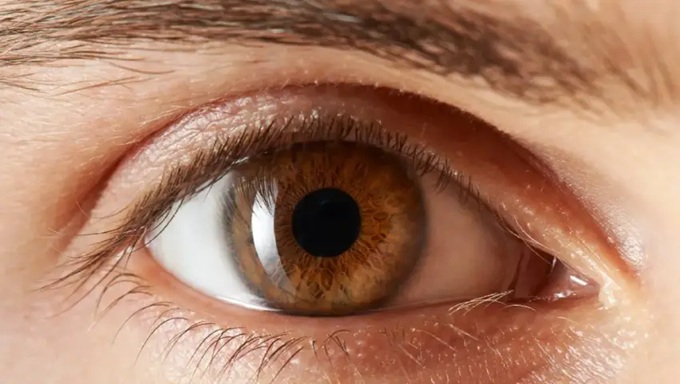Eye floaters create persistent visual disturbances that interfere with daily activities and diminish overall life satisfaction for millions worldwide. These moving spots, threads, or cobweb-like shapes are caused by changes in the vitreous gel inside the eye, casting shadows on the retina that appear as floating objects in the field of vision. The impact extends beyond visual annoyance, affecting work performance, recreational activities, and emotional well-being. While many healthcare providers dismiss floaters as harmless nuisances, those experiencing them often describe substantial disruptions to concentration, reading ability, and outdoor activities. Many individuals explore supplements for eye floaters alongside other management approaches to address these challenging visual disturbances that diminish their overall quality of life.
Reading complications
The interference of floaters with reading tasks creates one of the most commonly reported daily challenges. These visual obstructions move across text as the eyes track from word to word, disrupting the smooth flow of reading and forcing frequent refocusing attempts. The constant movement of shadows across printed or digital text makes it difficult to maintain concentration for extended periods, often leading to eye strain and headaches. Computer work presents particular difficulties as floaters become more noticeable against bright white backgrounds typical of most digital interfaces.
Many individuals report needing frequent breaks from screen-based tasks that were previously manageable without interruption. Document review, detailed paperwork, and precision tasks requiring visual accuracy become increasingly challenging as floaters interfere with the ability to focus on small text or fine details. This interference can impact job performance in professions requiring extensive reading or detailed visual work, sometimes necessitating career adjustments or accommodation requests.
Outdoor activity limitations
- Bright sunlight intensifies floater visibility, making outdoor sports and recreation more difficult
- Golf, tennis, and other precision sports suffer from visual tracking disruptions during ball flight
- Driving safety concerns arise when floaters obstruct peripheral vision or create distractions
- Photography and artistic pursuits become frustrating when composition is disrupted by moving shadows
- Hiking and nature observation lose enjoyment when visual obstructions mar scenic views
- Swimming and water activities present challenges when floaters interfere with depth perception
These outdoor limitations often force individuals to modify or abandon previously enjoyed activities, leading to decreased physical activity and social isolation. The psychological impact of losing favourite hobbies or recreational pursuits compounds the direct visual effects of floaters.
Sleep disruption patterns
Floaters can interfere with natural sleep patterns through mechanisms extending beyond their direct visual impact. The stress and anxiety associated with persistent visual disturbances often make it difficult to relax and fall asleep naturally. Individuals may lie in bed thinking about their vision problems rather than letting their minds settle into restful states. Morning awakening can be particularly distressing when floaters are immediately noticeable upon opening the eyes, creating an unwelcome reminder of the condition at the start of each day. This immediate confrontation with visual disturbances can negatively impact mood and energy levels throughout the day.
The anticipation of daily visual challenges can create chronic low-level anxiety that interferes with deep, restorative sleep phases. This sleep disruption compounds other quality of life impacts by reducing the physical and mental resilience needed to cope with ongoing visual challenges. The gradual adaptation required to maintain quality of life with persistent visual disturbances demands ongoing mental and emotional energy that can be exhausting over time. Successful coping often requires developing new strategies for familiar tasks while maintaining realistic expectations about visual limitations.





